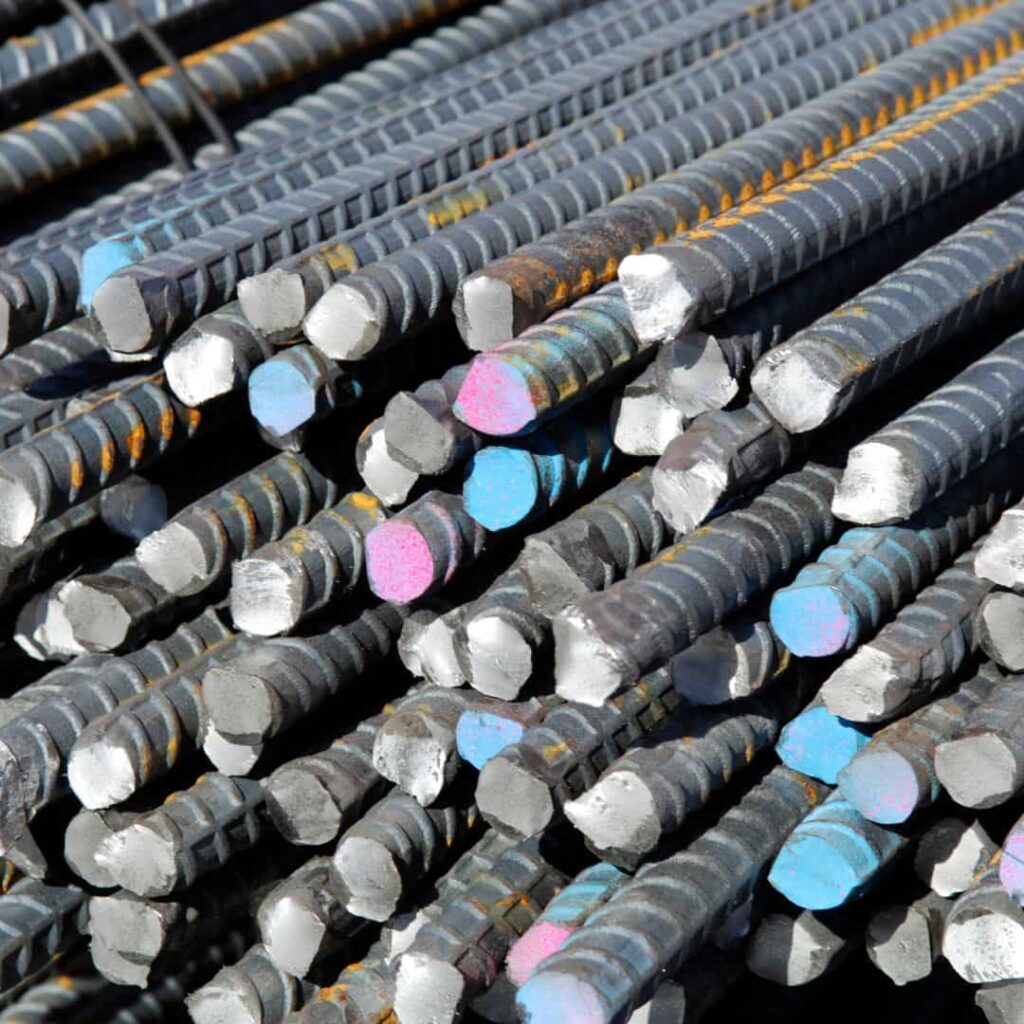Why industrial structural engineering consultants choose FRC?
Fibre-reinforced concrete (FRC) comprises hydraulic cement, aggregates, and randomly dispersed fibres. The fibres available in the market are steel, glass, and polymers. The industrial structural engineering consultants design the concrete according to the requirements. A well-designed fibre-reinforced concrete has an increased life period.
Due to its properties, concrete needs reinforcement to resist tensile and shear stresses. Reinforcement such as steel rebar or fibres helps overcome these stresses.
About Steel rebar
Traditionally, steel rebars, available in various diameters, are used as reinforcement. Structural consultants strategically place the rebars within the concrete to improve its resistance to tensile stress. The availability of steel rebars in the market is an advantage. Moreover, at many locations, rebars are the only available option. However, rebars are prone to corrosion, which reduces the strength and causes spalling. The use of cover blocks helps reduce such instances. Another disadvantage of rebars is their weight, which adds to the cost of transportation. Skilled labour is essential to understand and execute as per the good for construction drawing.
About Fibres
Fibres are made of glass, steel, or polymers and are available in different sizes, lengths, and diameters. The fibre distribution is uniform in the concrete mix. Structural consultants typically choose fibre reinforcement where controlled cracking is a concern. The fibre’s light weight is an added advantage over rebars. Moreover, they are corrosion resistant, thus increasing the life of the concrete structure. Fibres are easy to handle.
However, the tensile strength of certain fibres may be lower than rebars. Industrial structural engineering consultants need to design the concrete considering this difference.
Types of fibres
Fibres are of the following types:
- Steel fibres: help improve the concrete’s physical properties
- Polypropylene fibres: or PP fibres, control cracking due to plastic and drying shrinkage. They have good heat-insulating properties and resistance to acids, alkalies, and organic solvents.
- Glass fibres: consists of many fine glass fibres. It is a poor thermal insulator.
- Polyester fibres: help resist plastic shrinkage and increase the toughness of the concrete.
- Carbon fibres: They have high stiffness, tensile strength, chemical resistance, and temperature tolerance. They also have low thermal expansion and low weight.
Fibre Reinforced Concrete
FRC, or fibre-reinforced concrete, is a composite concrete with fibres for reinforcement. Fibres in concrete help control cracking. They also reduce concrete permeability.
Pros of Fiber-reinforced concrete
- Fibres reinforced concrete is useful when high tensile strength and reduced cracking are needed.
- FRC is also the option of choice if concrete with steel reinforcement is not possible.
- FRC helps improve concrete strength. Fibres help keep concrete strong for longer periods.
- Synthetic fibres help increase the durability of concrete.
- Fibres improve cohesion and pumpability in the concrete mix.
- Fibres minimise the need for steel rebars
- Fibres help in controlling the crack width
- They increase the shear capacity of concrete beams
Conclusion
The industrial structural engineering consultants use their expertise and the latest codes and standards to choose the right type of reinforcement and concrete mix.












